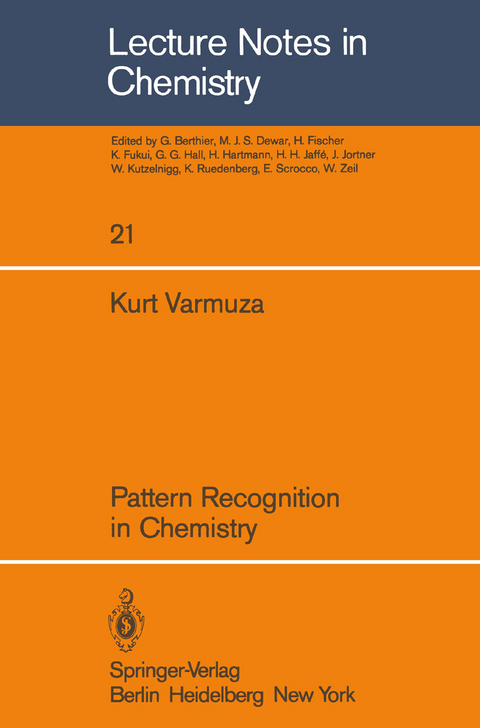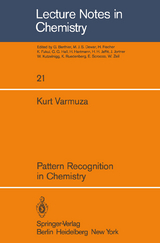Pattern Recognition in Chemistry
Springer Berlin (Verlag)
978-3-540-10273-1 (ISBN)
A: Introduction to Some Pattern Recognition Methods.- 1. Basic Concepts.- 2. Computation of Binary Classifiers.- 3. K - Nearest Neighbour Classification (KNN-Method).- 4. Classification by Adaptive Networks.- 5. Parametric Classification Methods.- 6. Modelling of Clusters.- 7. Clustering Methods.- 8. Display Methods.- 9. Preprocessing.- 10. Feature Selection.- 11. Evaluation of Classifiers.- B: Application of Pattern Recognition Methods in Chemistry.- 12. General Aspects of Pattern Recognition in Chemistry.- 13. Spectral Analysis.- 14. Chromatography.- 15. Electrochemistry.- 16. Classification of Materials and Chemical Compounds.- 17. Relationships between Chemical Structure and Biological Activity.- 18. Clinical Chemistry.- 19. Environmental Chemistry.- 20. Classification of Analytical Methods.- C: Append.- 21. Literature.- 21.4. List of Authors.- 22. Subject Index.
| Erscheint lt. Verlag | 1.11.1980 |
|---|---|
| Reihe/Serie | Lecture Notes in Chemistry |
| Zusatzinfo | XII, 222 p. |
| Verlagsort | Berlin |
| Sprache | englisch |
| Maße | 155 x 235 mm |
| Gewicht | 400 g |
| Themenwelt | Naturwissenschaften ► Chemie ► Analytische Chemie |
| Naturwissenschaften ► Chemie ► Physikalische Chemie | |
| Schlagworte | Chemie • classification • Clustering • Mustererkennung • Pattern • pattern recognition • spectroscopy |
| ISBN-10 | 3-540-10273-6 / 3540102736 |
| ISBN-13 | 978-3-540-10273-1 / 9783540102731 |
| Zustand | Neuware |
| Haben Sie eine Frage zum Produkt? |
aus dem Bereich




